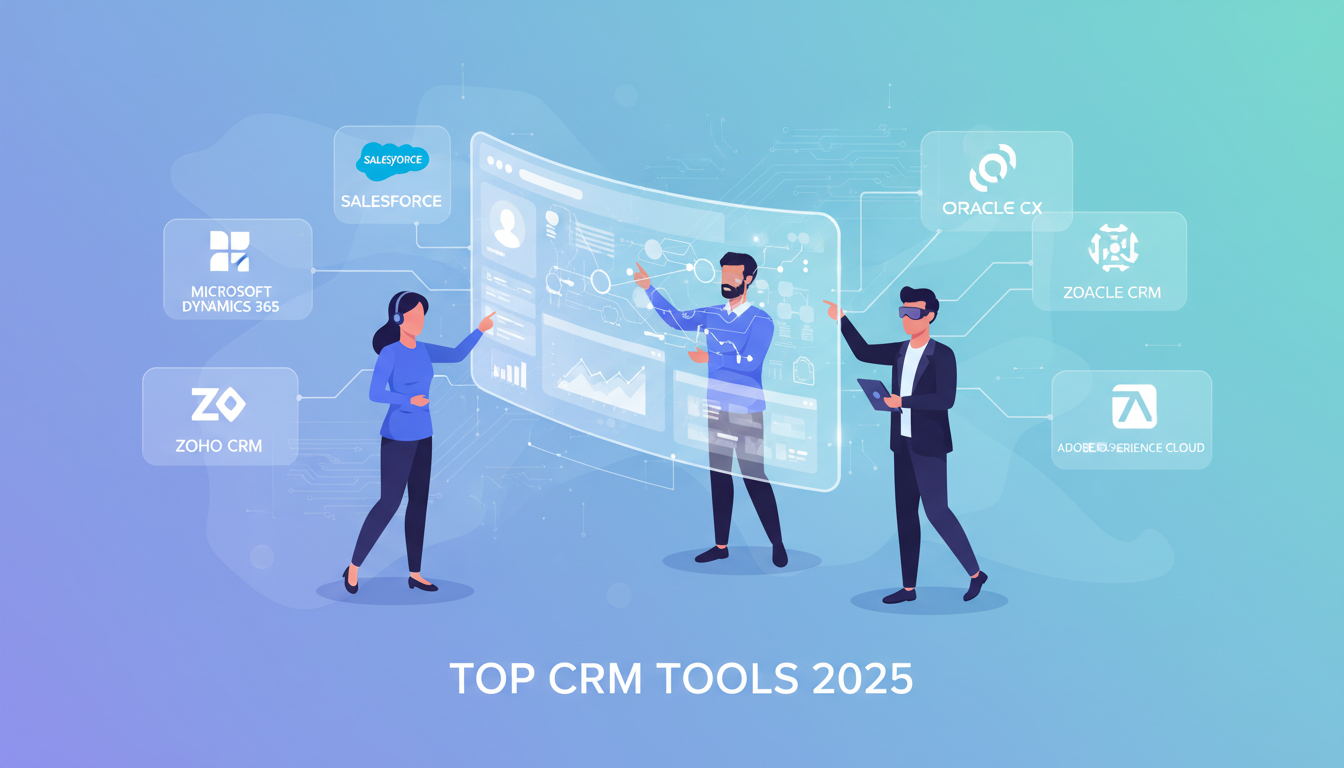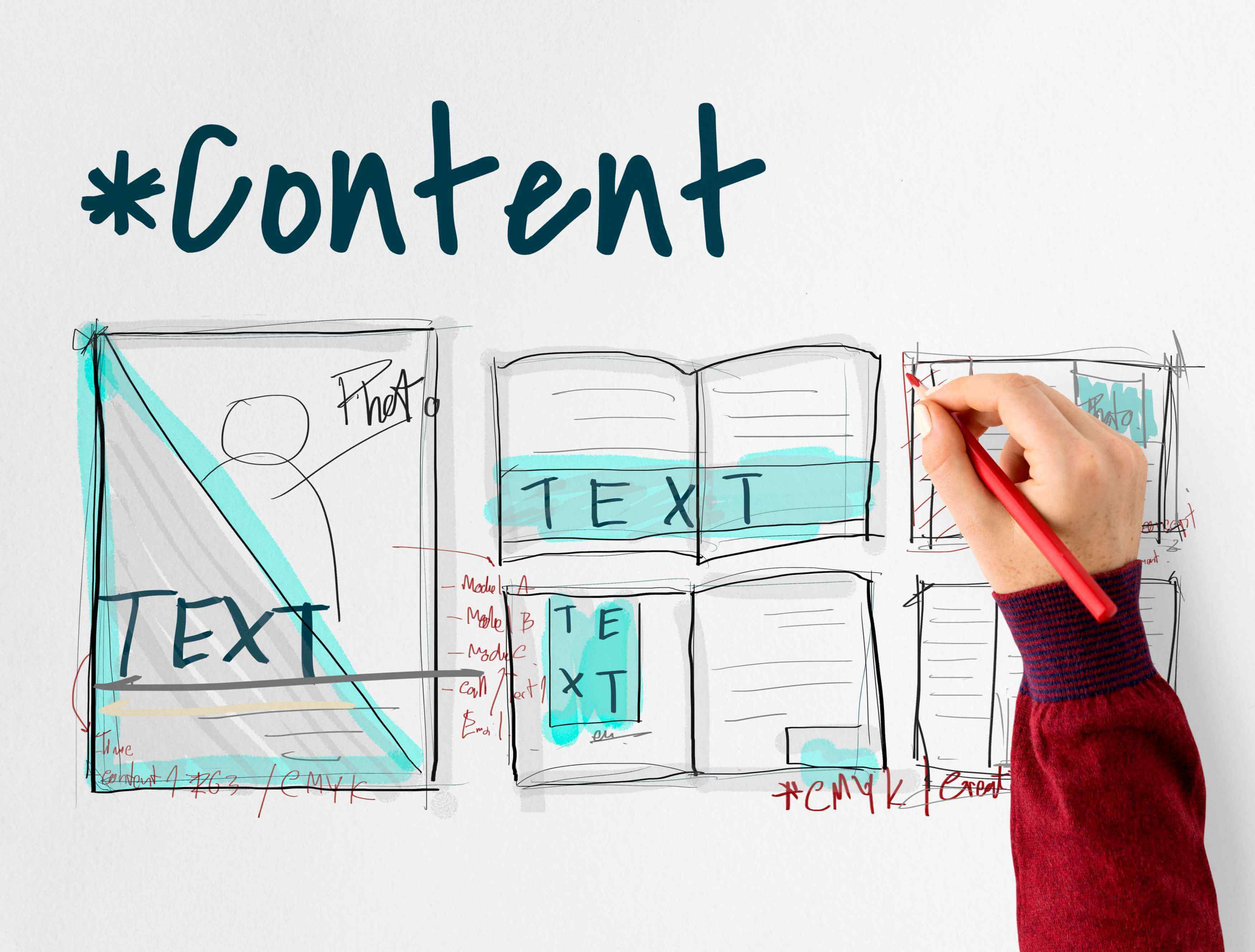The Importance of Strong Client Relationships
In the saturated market of today’s world, where consumers are constantly being courted by competitors, cultivating and nurturing strong, long-term client relationships has never been more critical.
In addition to increasing their chances of retaining clients, businesses that prioritize relationship-building set themselves up for sustainable growth and long-term success.
Developing strong client relationships can lead to deeper loyalty, more consistent engagement, and greater trust, all of which directly impact a company’s bottom line.
When clients feel genuinely valued and supported, they are more likely to stick with your brand, provide honest feedback, and refer others.
Moreover, in an age where personalized service and meaningful interactions are key differentiators, companies that focus on developing their client relationships stand out from the crowd.
Whether you’re a freelancer managing a few clients or a large agency with a diverse portfolio, investing in these relationships is essential to remaining competitive and resilient in an ever-changing market.
The 5 Key Benefits of Strong Client Relationships

Developing meaningful relationships with your clients goes far beyond simple transactions or service delivery. In today’s highly competitive and customer-driven market, a genuine connection with clients is one of the most powerful assets a business can have.
Here are five major reasons why investing in client relationships pays off:
-
Boosts Client Retention: Strong relationships foster repeat business and reduce churn, enabling you to retain clients for the long term.
-
Increases Lifetime Value (LTV): Loyal clients tend to spend more over time, increasing the overall value they bring to your business.
-
Generates Referrals: Satisfied clients are more likely to recommend your services to others, helping you grow organically.
-
Improves Your Product & Services: Open communication with clients leads to valuable feedback, allowing you to refine and enhance your offerings.
-
Creates a Competitive Advantage: Trusted relationships make clients less likely to switch to competitors, even in price-sensitive situations.
10 Essential Strategies for Client Relationship Management

Building a strong relationship does not happen overnight. This process requires thoughtful, consistent effort across various aspects of your client journey.
From the first point of contact to long-term collaboration, every interaction plays a role in shaping how clients perceive your brand.
Trust, loyalty, and satisfaction are earned through clear communication, personalized attention, and a genuine commitment to delivering value over time.
By adopting a strategic approach to relationship management, you can turn one-time clients into lasting partners who help fuel your business growth.
Now, let’s take a look at 10 strategies you can implement to elevate your client relationship management (CRM) efforts.
1. Master Proactive and Consistent Communication
Clients should never feel like they are chasing you for updates. Regular and proactive communication is able to build trust and keep expectations of clients aligned with the brand.
Tactics include:
-
Scheduling regular check-ins, such as weekly, monthly, or quarterly.
-
Sending project updates before being asked.
-
Keeping communication channels like email, phone, or Slack open.
2. Personalize Every Client Interaction
Avoiding generic, cookie-cutter messages and tailoring your communication, services, and follow-ups to the specific client and their needs is an effective way to develop relationships.
Personalization tactics:
-
Use the client’s name and company in all communications.
-
Reference past conversations or projects.
-
Recommend services based on their previous behavior or interests.
3. Set Clear Expectations from Day One
Misunderstanding can lead to dissatisfaction. As a business, you need to set transparent expectations at the beginning of every engagement.
To set clear expectations:
-
Provide timelines and deliverables in writing.
-
Outline communication protocols.
-
Clarify pricing, billing schedules, and revision policies.
4. Actively Listen and Solicit Feedback
It is important not to confuse listening with waiting for your turn to speak. Active listening shows clients that their voice matters.
Ways to gather feedback include:
-
End-of-project surveys.
-
Net Promoter Score (NPS) polls.
-
One-on-one feedback sessions.
5. Go Above and Beyond to Exceed Expectations
Going the extra mile can show clients you are truly invested in their success. Even small gestures can leave a lasting impression, build trust, and turn satisfied clients into loyal advocates.
To go above and beyond to exceed expectations, you can:
-
Deliver early.
-
Include a bonus deliverable.
-
Send a handwritten thank-you note.
6. Be a Trusted Advisor, Not Just a Vendor
More often than not, clients tend to want a partner who thinks strategically on their behalf rather than someone who just executes.
Build your advisory reputation by:
-
Offering proactive suggestions.
-
Sharing relevant industry insights.
-
Being honest about what will or won’t work.
7. Build Trust Through Transparency and Honesty
Trust is the foundation of any strong client relationship, and it’s built through consistent transparency and honesty. Be upfront about delays, pricing changes, or anything that might affect the client relationship.
Transparency can look like:
-
Owning up to mistakes.
-
Offering realistic timelines, not just what the client wants to hear.
-
Sharing data and reports regularly.
8. Appreciate Your Clients and Reward Loyalty
It is crucial not to let clients feel like they are being taken for granted. Make sure to recognize milestones, send appreciation tokens, or create loyalty programs.
Some ways to show appreciation are:
-
Send birthday or anniversary gifts.
-
Offer loyalty discounts.
-
Host client appreciation events, online or offline.
9. Stay Organized with a Centralized System
Managing multiple clients across various platforms can lead to dropped balls. Use a centralized system to manage communications, tasks, and files.
Tools to consider:
-
CRM platforms like HubSpot or Zoho.
-
Project management tools such as ClickUp, Trello, and Asana.
-
Shared calendars and dashboards.
10. Implement a Smooth Onboarding Process
First impressions set the tone for a long-term relationship between a client and a brand. A well-structured onboarding process makes clients feel confident and comfortable from the start.
Effective onboarding includes:
-
Welcome kits or emails.
-
A kickoff meeting with timeline + goals.
-
Introduction to your team and tools.
Choosing the Right Client Relationship Management (CRM) Tool

Selecting the right CRM tool is a crucial step in building and maintaining effective client relationships.
With countless platforms available, ranging from simple contact databases to fully integrated business management solutions, it can be overwhelming to know where to begin.
The key is to choose a CRM that aligns with your business size, workflow complexity, team structure, and growth goals.
| CRM Type | Best For | Key Features | Popular Tools |
| Operational CRM | Sales & marketing automation | Lead tracking, workflow automation | HubSpot, Salesforce Essentials |
| Analytical CRM | Data-driven decision-making | Reporting, forecasting, segmentation | Zoho Analytics, Microsoft Dynamics 365 |
| Collaborative CRM | Teams with multiple client touchpoints | Shared client profiles, unified messaging | Pipedrive, Freshworks CRM |
| Industry-Specific CRM | Niche businesses (e.g., legal, real estate) | Tailored workflows and templates | Clio (legal), Propertybase (real estate) |
| All-in-One CRM | Small businesses or startups | Contact management, email, and invoicing | Monday Sales CRM, Insightly |
Frequently Asked Questions

What is the main goal of client relationship management?
The primary goal of client relationship management is to build and maintain positive, long-term relationships that lead to sustained business success. This involves understanding client needs, delivering consistent value, and fostering trust at every touchpoint.
What is the difference between client relationship and customer service?
Client relationship management is a long-term, strategic approach focused on building trust and delivering consistent value through proactive engagement. Customer service, on the other hand, is short-term and reactive, aimed at resolving issues after a purchase. CRM is about nurturing ongoing relationships, while customer service handles immediate needs.
How can you measure the success of your client relationships?
Success can be measured through quantitative data like retention rates, referral activity, and Net Promoter Scores (NPS), as well as qualitative signs such as positive feedback, regular communication, and a client’s willingness to provide testimonials. Both metrics and behavior offer insights into the strength of your relationships.















